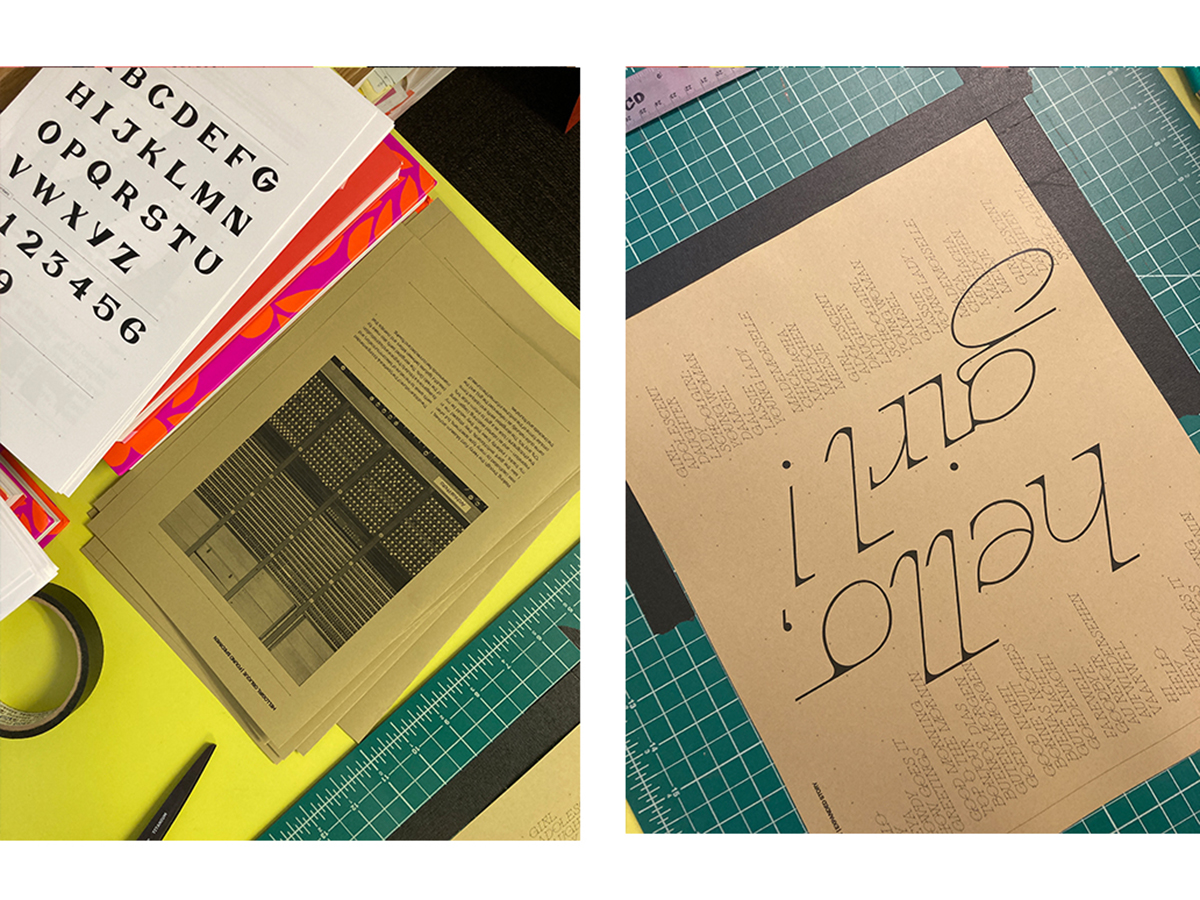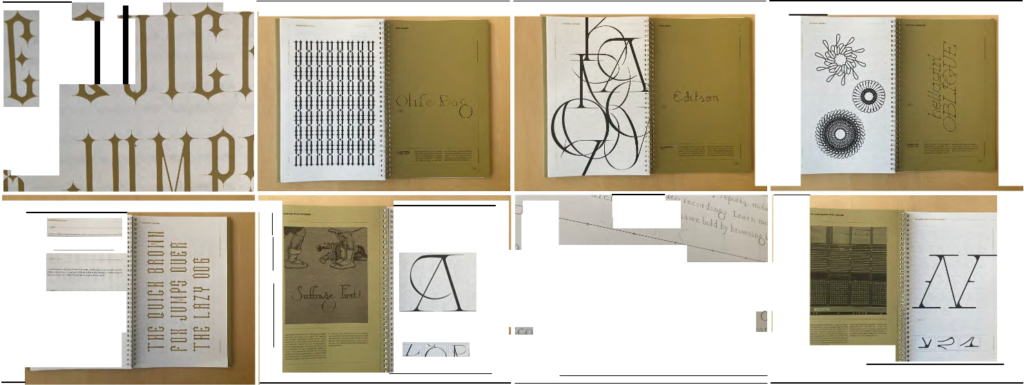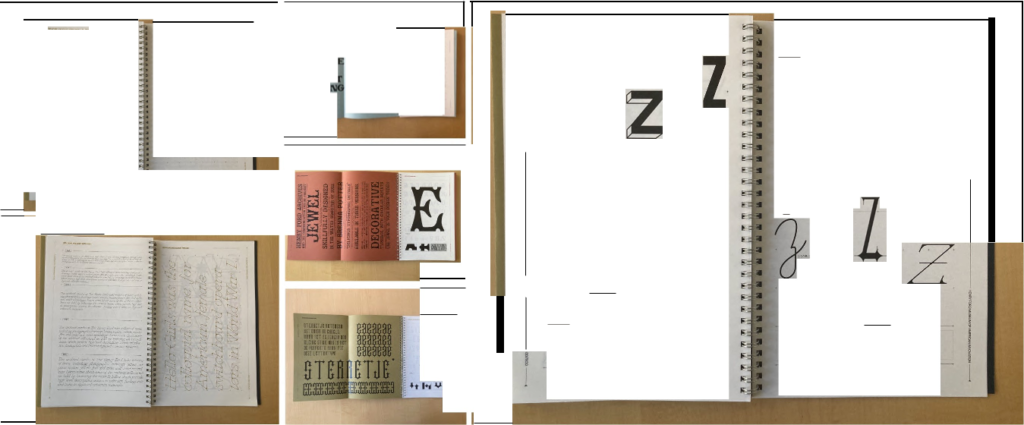Kyla Paolucci
Assistant Professor
St John’s University
Federico is a typeface modeled after the sign making practice of my grandfather, a solitary World War II vet who drafted his progressive philosophies in electrical tape for all those who passed his home. His practice employed humble materials to create hopeful messages despite his own economic poverty. I’ve recreated his methods with the tools readily available to me to design a spirited typeface that features a range of styles.
As a graphic designer and educator, I am intrigued by how ethnographic approaches to design can enrich commercial outcomes. By refocusing type design on analog practices, the materials used when creating work can reflect relational experiences and unveil new visual languages for future applications. Tape is an inexpensive material that is admired by many designers and my use is one of many recipes. Its properties enable diverse constructions across various contexts. As a tool for type design, characters are engineered rather than drawn, allowing for quick reconfiguration and expansion of weights and styles.
Type design has become more accessible over the years with free software and online instruction. Federico, however, is an analog process that must leverage desktop tools to exist in a predominantly digital market. Serving not only as a typeface, Federico is a system that connects me to my generational roots as a designer by embracing traditional methods while adapting to modern tools and technologies.


This design research is presented at Design Incubation Colloquium 10.3: Tenth Anniversary, St. John’s University (Hybrid) on Friday, June 7, 2024.









